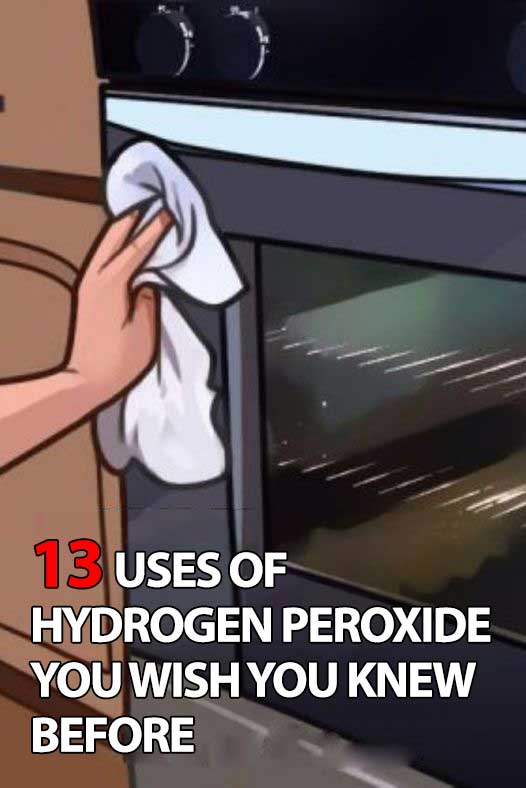Hydrogen peroxide is a versatile household chemical. It’s safe when it contacts water or air and it’s an extremely effective cleaner. According to the Centers for Disease Control, it could kill mold spores, viruses, fungi, yeasts, bacteria, and more. [1] Chemically, it is water with an extra oxygen molecule. “The extra oxygen molecule oxidizes, which is how peroxide gets its power,” says Sarah Pickering Beers, MD. “This oxidation kills germs and bleaches color from porous surfaces like fabrics.” [2]
13 uses for hydrogen peroxide
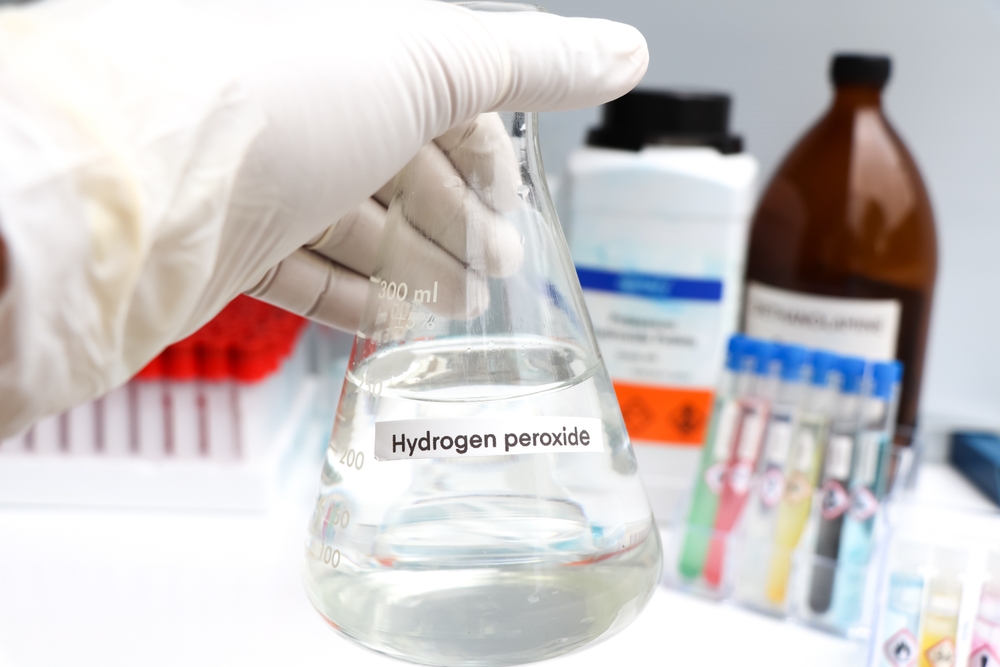
This simple chemical can be so helpful in cleaning cookware, sinks, laundry, toothbrushes and so much more. Below, we will look at 13 uses for hydrogen peroxide that you may not be aware of.
Wash fresh produce
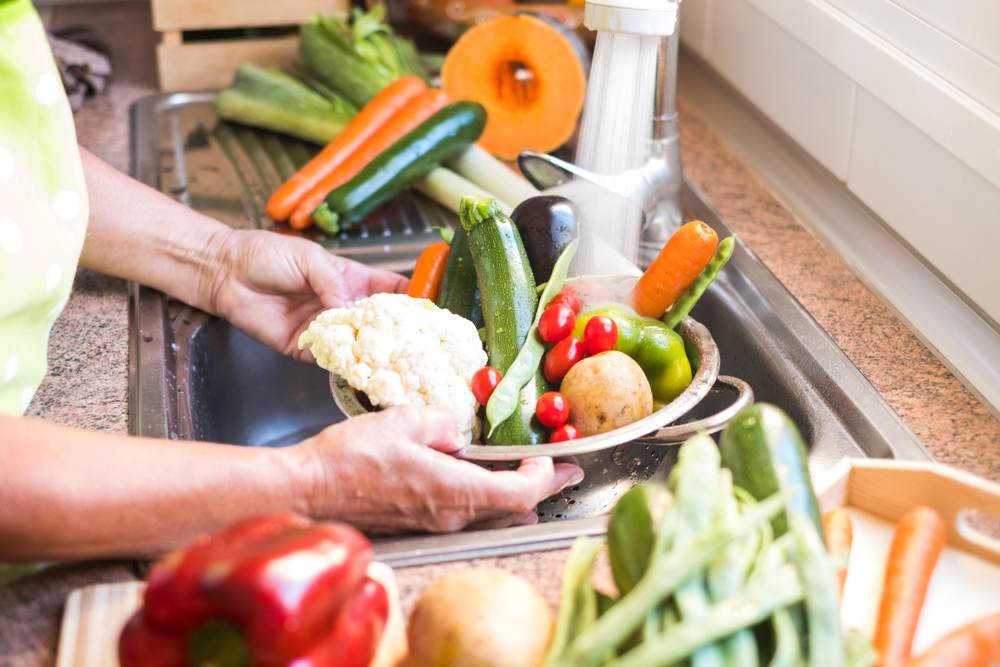
This could be especially helpful for cleaning bacteria from organic vegetables. Mix ¼ cup of 3% peroxide per gallon of water. For delicate vegetables like lettuce, soak them in this mixture for 20 minutes before rinsing them. However, for thick-skinned vegetables like potatoes and carrots, soak them for 30 minutes before rinsing and drying them. This may extend the food’s shelf life because it could remove bacteria that cause the food to turn brown.
Read More: How to Remove Mattress Stains (Especially if You Have Kids)
Removed caked-on messes on cookware
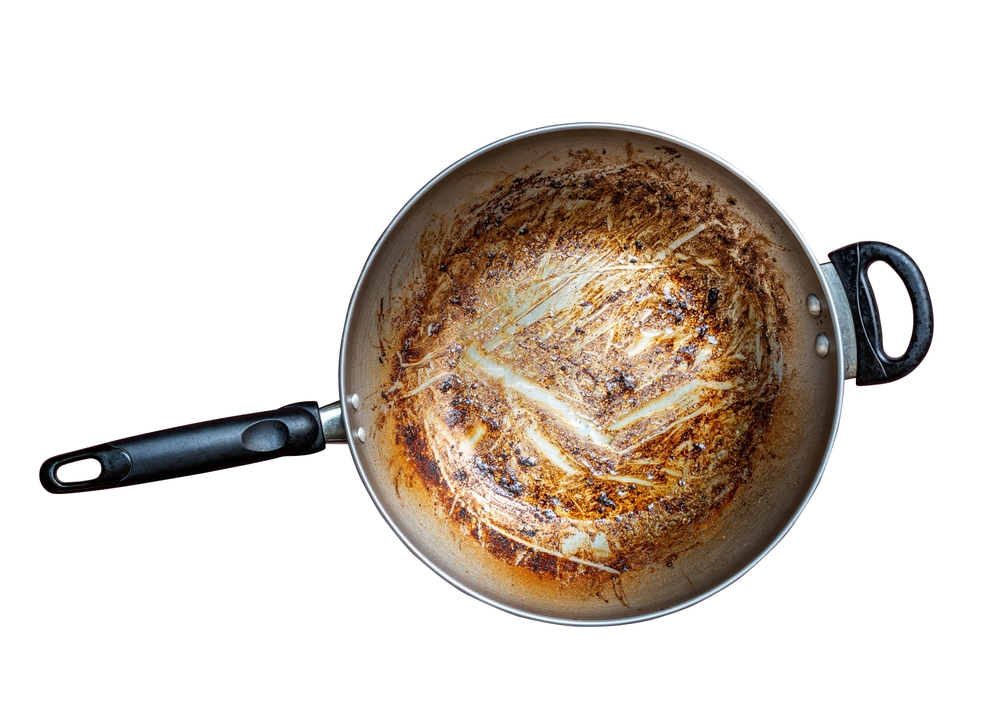
When soap and water just don’t cut it, spray the cookware with a 1:1 ratio mixture of water and hydrogen peroxide. Let them sit for a few hours before wiping off the mess.
Clean the dishwasher
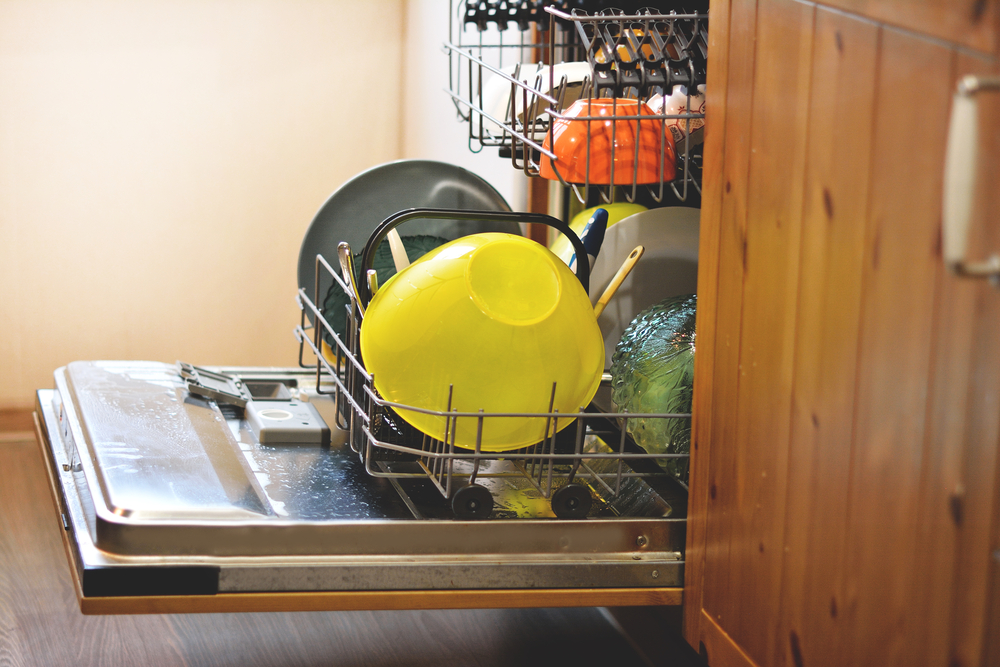
To clean off mildew and mold in the dishwater, spray hydrogen peroxide in places where moisture remains after the cycle. This includes the crevices of the cutlery basket and the pleats of the rubber seals.
Washing sinks
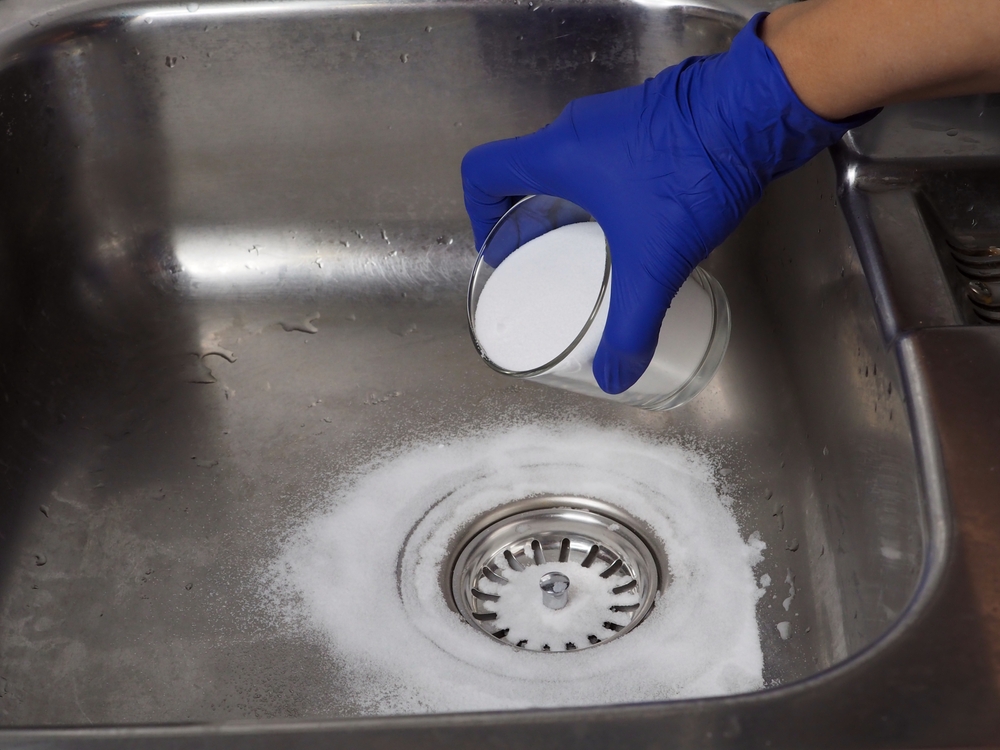
Wet the sink with water and sprinkle baking soda over it. Scrub it with a sponge then pour 3% peroxide over the sink. Let it rest then rinse the surface with water.
Disinfect the garbage can
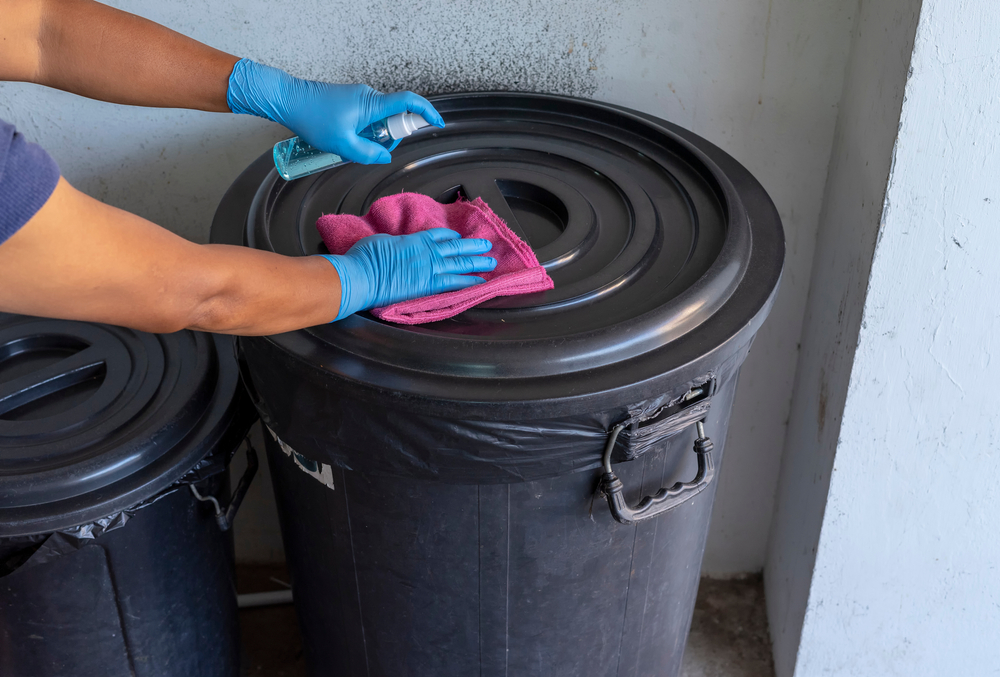
After washing the can with soap and water, spray it with a 1:1 ratio of water and hydrogen peroxide. Allow it to dry for several hours.
Wash the shower
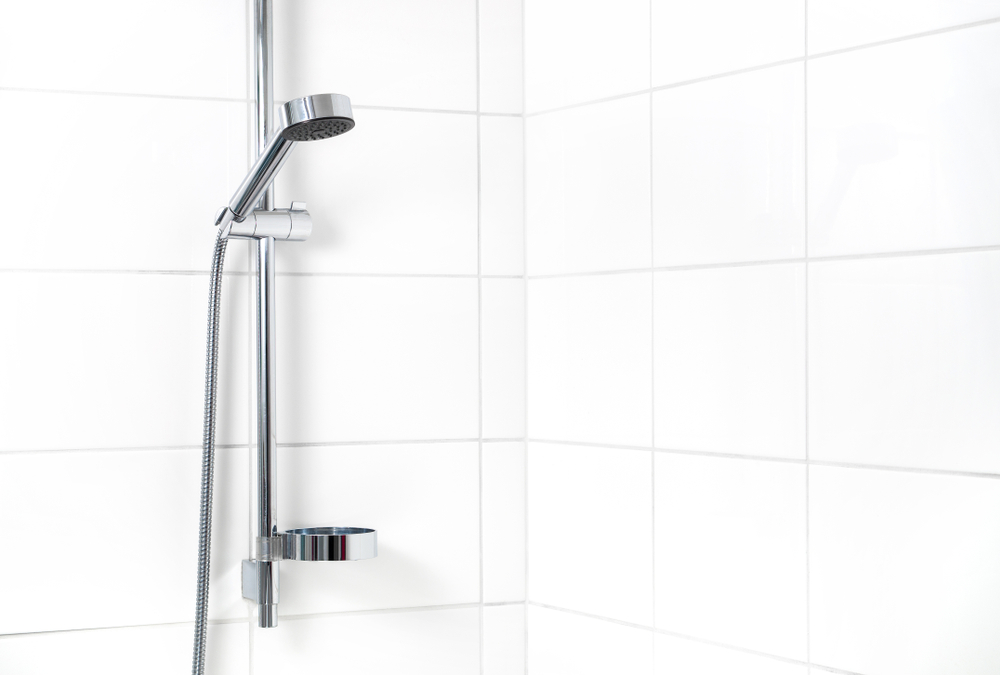
Mold and mildew tend to build up in moist areas such as a shower or bathtub. To clean this, spray the surface with undiluted hydrogen peroxide and let it sit for half an hour. This should clean the mold but you should also rinse the area with water afterward. [3]
Clean the toilet
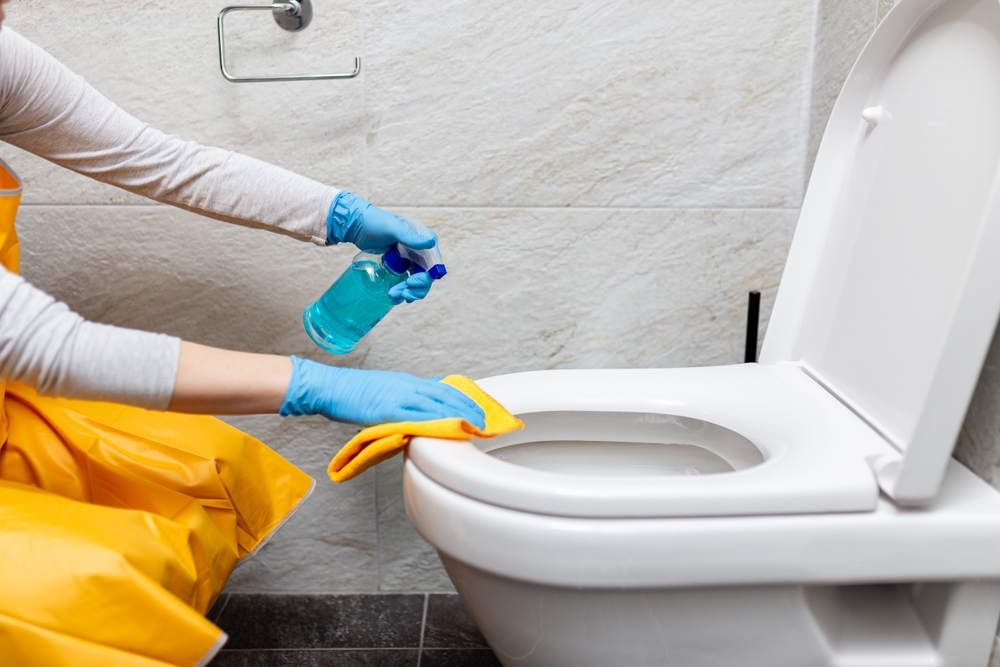
Hydrogen peroxide is a great disinfectant. Most notably, it kills a parasite called cryptosporidiosis which is present in human stool. This makes hydrogen peroxide a perfect toilet cleaner to get rid of these pathogens. [4] So add ½ cup of hydrogen peroxide to the bathroom bowl and let it sit for 20 minutes.
Clean white carpets and clothes
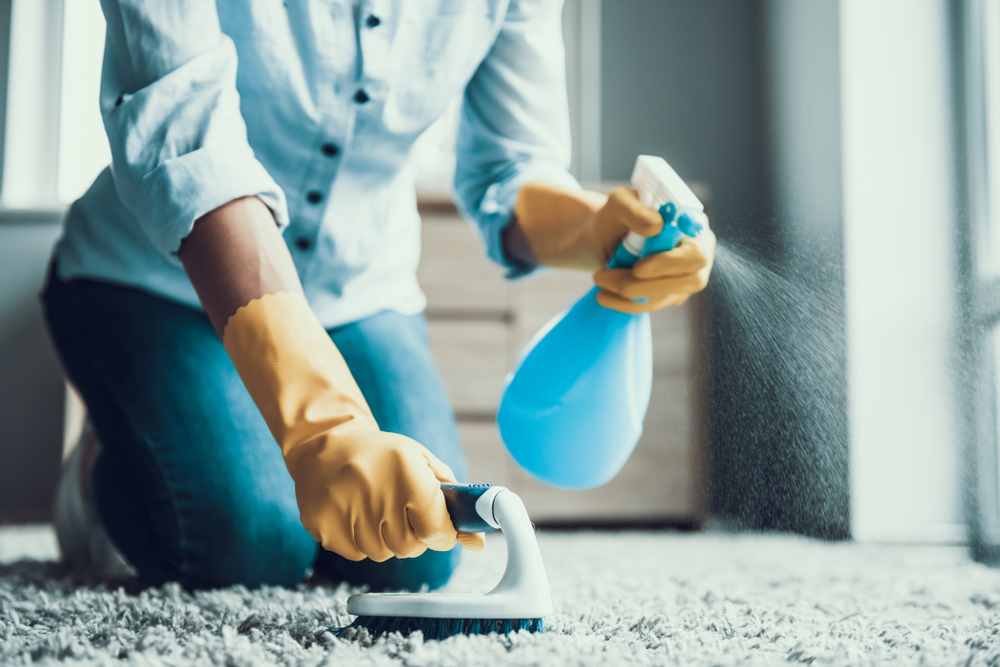
Hydrogen peroxide can have a bleaching effect on materials, so it’s a great solution for stained white clothes and carpets. Make a solution out of ½ cup washing soda and ½ cup hydrogen peroxide. Start the cycle and let the washing machine fill up. Add the white clothes and the solution for a couple of hours before continuing the cycle as normal.
Shine glass and mirrors
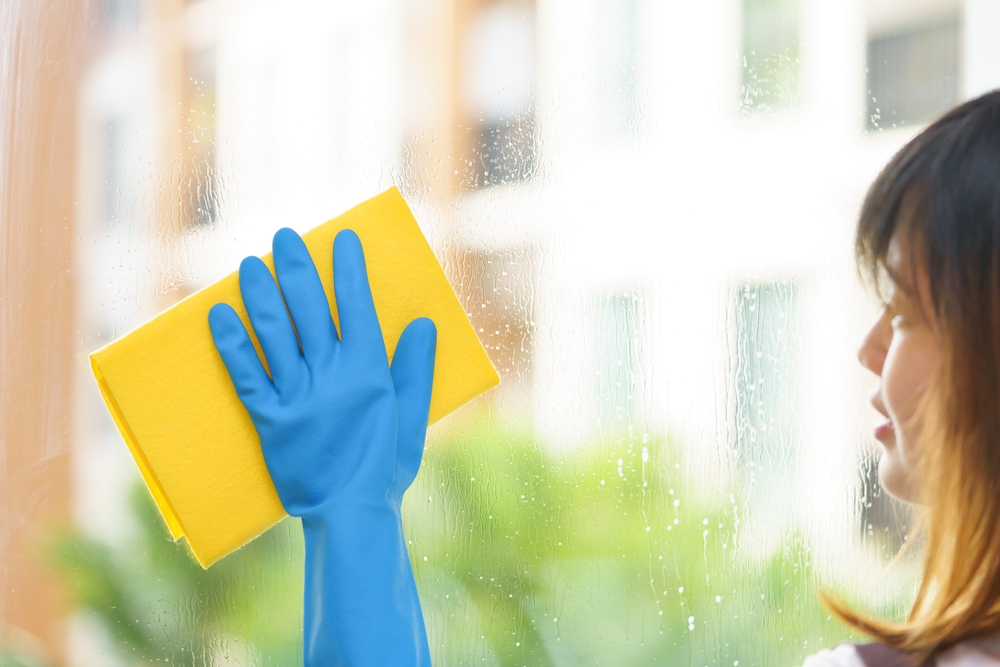
Put a 1:1 ratio of water to hydrogen peroxide in a spray bottle. Spray it on glass surfaces and wipe it dry with paper towels or cloth without lint.
Read More: How To Use Baking Soda To Kill Pests
Clean the pet’s litter box
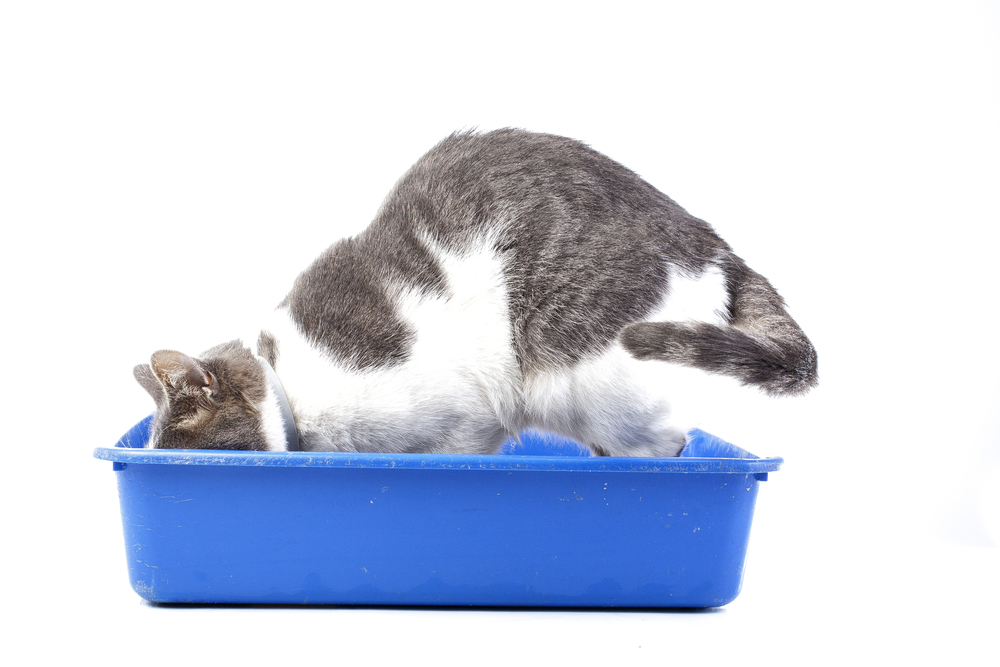
To sanitize a litter box, wash the container with hot water and soap. Then thoroughly spray it with undiluted peroxide. Let it rest for 15 minutes to disinfect and eliminate odors. Then rinse it with water, dry it, and add more litter.
Sanitize toothbrushes and retainers
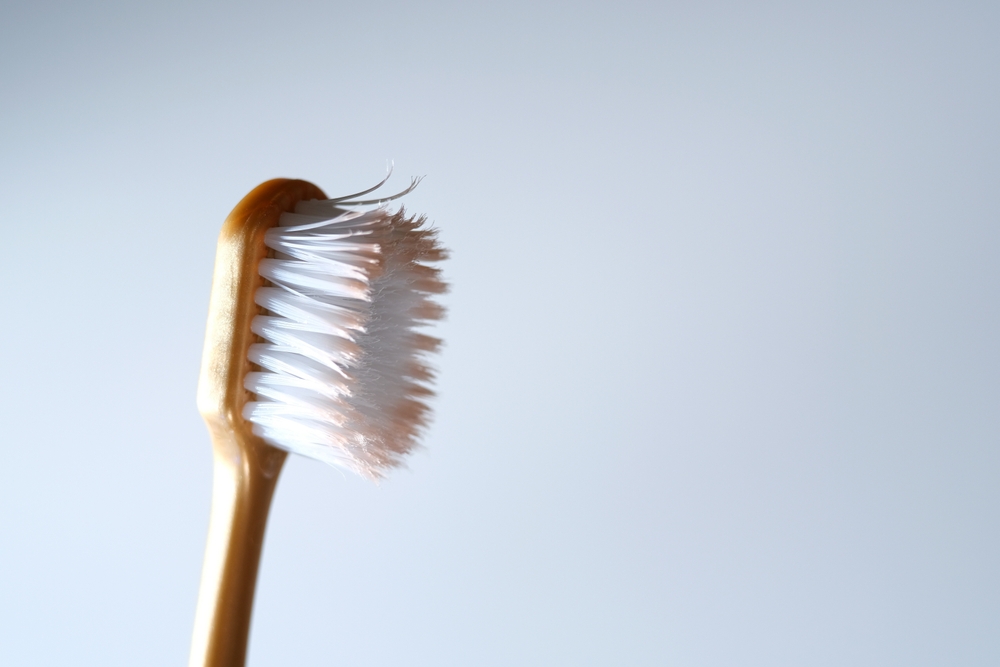
Toothbrushes could be easily exposed to bacteria in the bathroom. Therefore, it’s helpful to soak them in hydrogen peroxide to be on the safe side. Rinse them thoroughly before using them again.
Sterilize makeup brushes
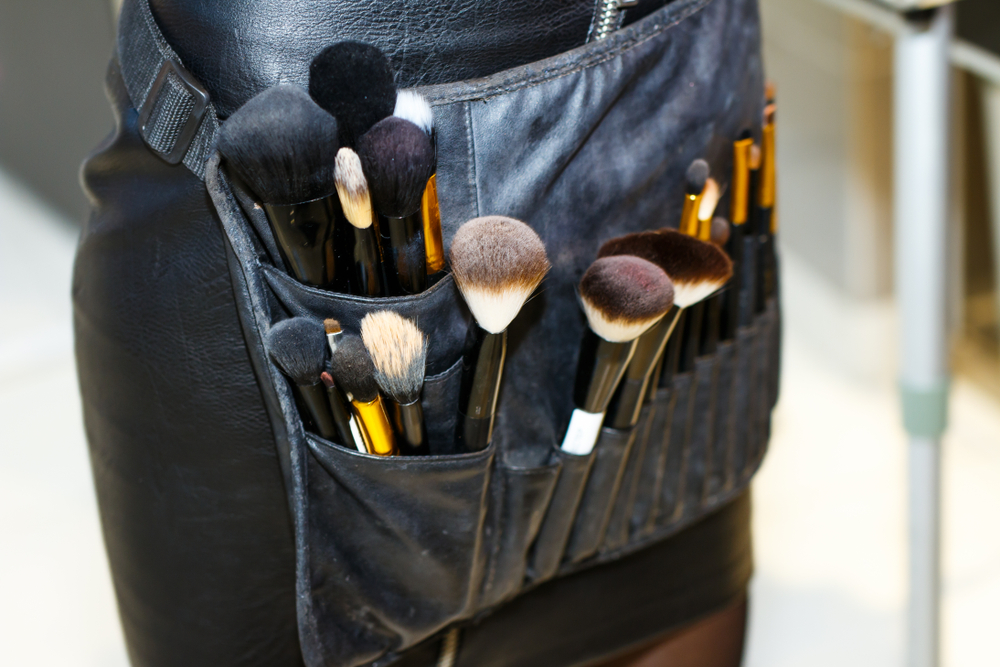
Makeup brushes get full of all kinds of dirt and bacteria that could cause your skin to break out. To clean them, first, wash off the makeup residue with shampoo. Then soak them in water with one teaspoon of hydrogen peroxide for about ten minutes. Finally, rinse them thoroughly to avoid getting the peroxide in your eyes.
Clean counters and cutting boards

Since hydrogen peroxide is such an efficient cleaner, you could spread it over the surface of a counter and let it sit for 10 minutes before rinsing it with water. Additionally, you could soak a cutting board for 10 minutes in 3% peroxide to kill any germs on it. This could be especially helpful after cutting raw meat on it. [5]
Do not use hydrogen peroxide for:
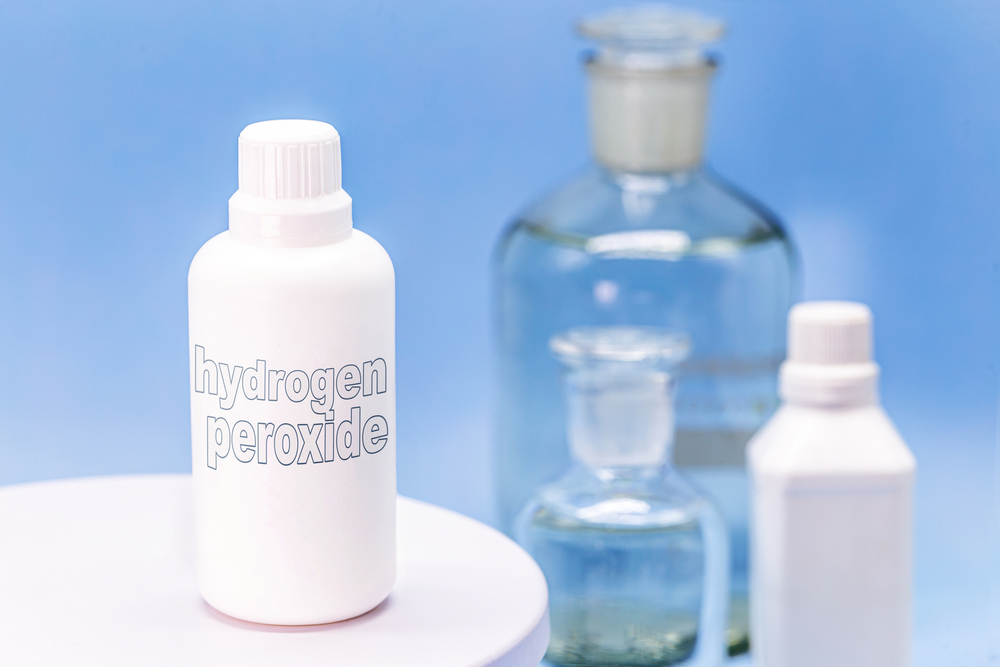
The Food and Drug Administration classified hydrogen peroxide as “generally recognized as safe”. However, the FDA warns that the chemical could cause burning and redness on human skin. It could also cause burning or abrasion in the cornea if it comes into contact with the eyes. Breathing high concentrations of it could cause respiratory irritations. And of course, consuming it could cause vomiting, inflammation, and organ damage. [6]
Although hydrogen peroxide was once applied to wounds as an antiseptic, it’s no longer recommended. Some studies have shown that the chemical could harm fibroblasts, the cells the body needs to heal. [7] However, some medical opinions still hold it’s helpful. Additionally, many may turn to peroxide to treat acne but it could also lead to scar formation. Overall, it’s best to avoid the chemicals on your skin. Use gloves when you use it. [8]
